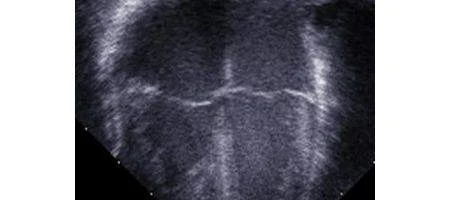Scientists have successfully transformed the sort of scar tissue caused by heart attacks into living, beating heart muscle.

It’s been done before in a petri dish, but this marks the first time that it’s been managed in living animals – in this case, mice.
“The damage from a heart attack is typically permanent because heart-muscle cells – deprived of oxygen during the attack – die and scar tissue forms,” says Dr Deepak Srivastava of the Gladstone Institutes.
“But our experiments in mice are a proof of concept that we can reprogram non-beating cells directly into fully functional, beating heart cells – offering an innovative and less invasive way to restore heart function after a heart attack.”
In laboratory experiments with mice that had had a heart attack, the team delivered three genes that normally guide embryonic heart development – together known as GMT – directly into the damaged region.
Within a month, non-beating cells that normally become scar tissue transformed into beating heart-muscle cells. Within three months, the hearts were beating even more strongly and were pumping more blood.
“This research may result in a much-needed alternative to heart transplants – for which donors are extremely limited,” says postdoctoral scholar Li Qian.
“And because we are reprogramming cells directly in the heart, we eliminate the need to surgically implant cells that were created in a petri dish.”
The team now plans to replicate the experiments and test their safety in larger mammals, such as pigs, before mnoving on to clinical trials in humans.
“We hope that our research will lay the foundation for initiating cardiac repair soon after a heart attack – perhaps even when the patient arrives in the emergency room,” says Srivastava.






